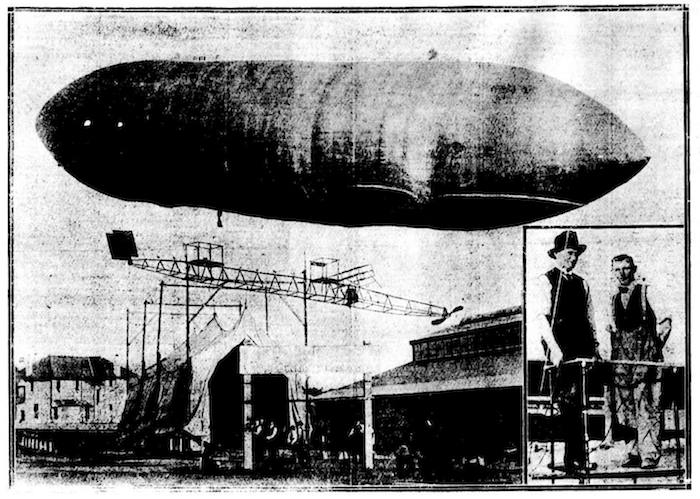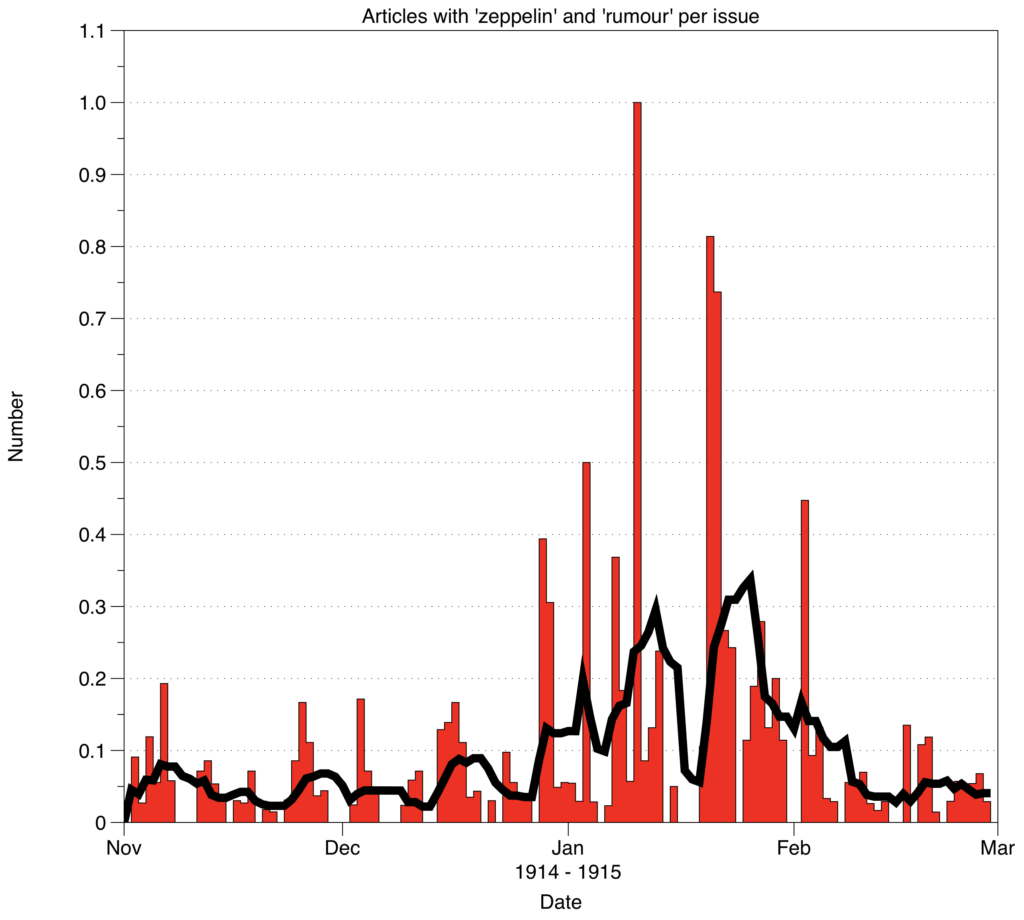Acquisitions
Michael North and Davy Burnaby. ‘Lords Of The Air’. Sydney: D. Davis & Co., 1939. Thanks, Bart! Frank H. Shaw. Outlaws of the Air. Glasgow: The Children’s Press, 1927. Thanks again, Bart! Shaw was a former naval officer who was also a prolific writer of war stories and science fiction aimed primarily at boys. This […]



